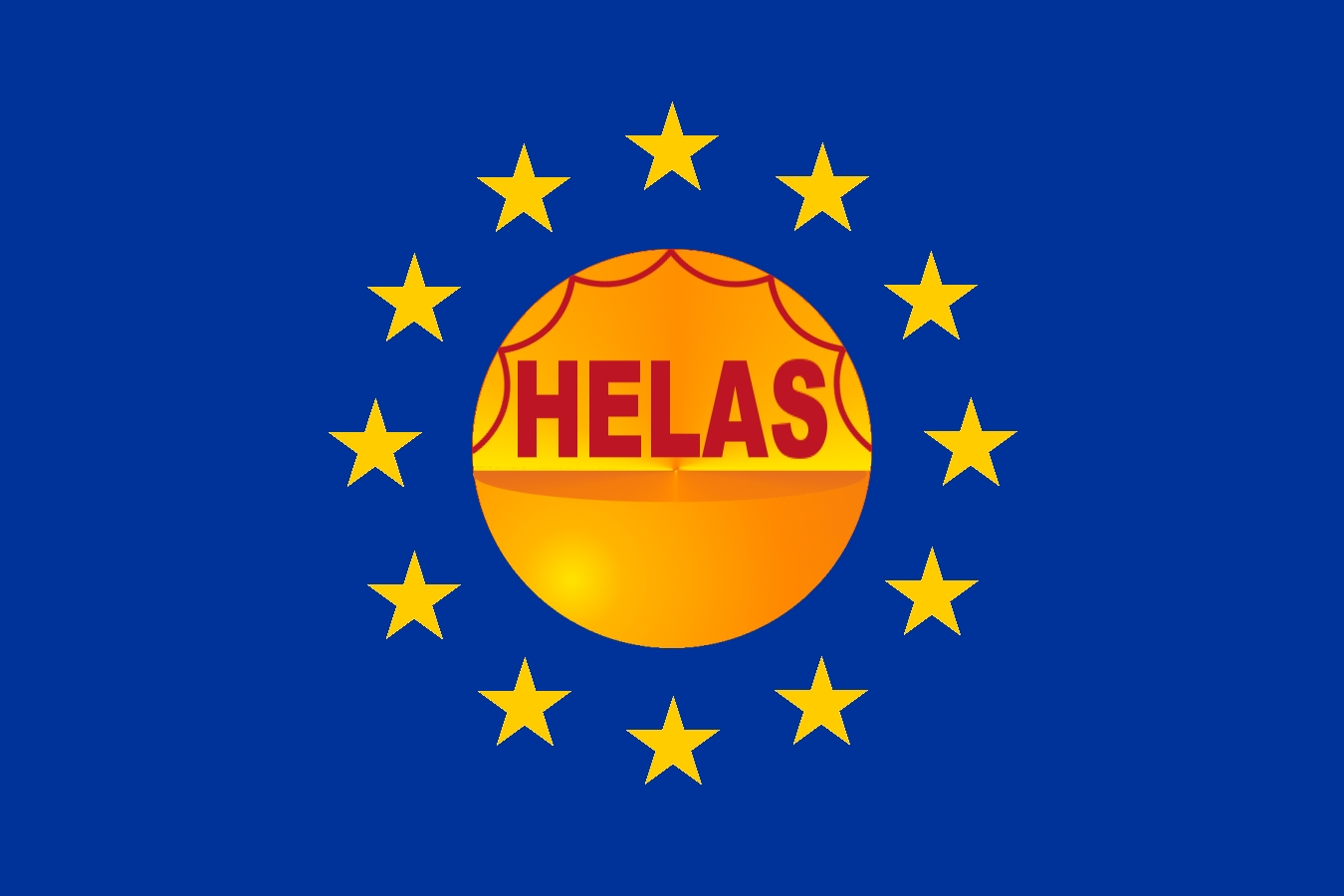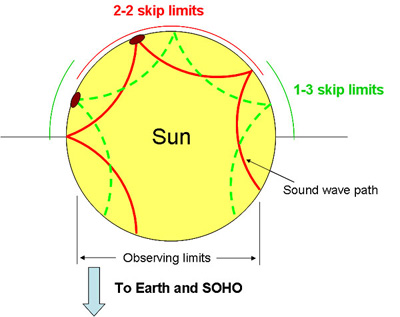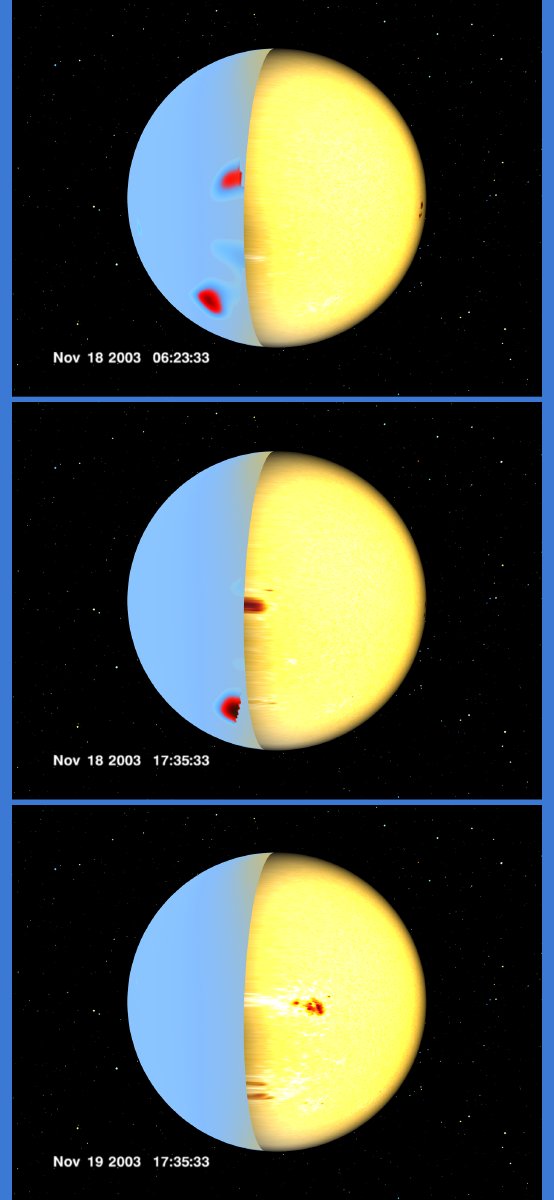

European Helio- and Asteroseismology Network (HELAS)
Local Helioseismology Network Activity
|
HELAS (European HELio- and ASteroseismology network) is a network funded by the European Commission as part of the Sixth Framework Programme from 2006-2010. The activities of HELAS will structure this European Research Area by bringing together the European groups active in helio- and asteroseismology. The "Local Helioseismology" network aims at consolidating this field of research in Europe, organizing scientific meetings, and facilitating the distribution of solar oscillation data and the tools for their analysis. Local Helioseismology uses measurements of wave motions on the Sun's surface to make three-dimensional images of the solar interior. Local helioseismology has been used to probe the subsurface structure of active regions, internal flows and their evolution, as well as magnetic activity on the far side of the Sun. It is believed that local helioseismology will provide important clues in our quest to understand the mechanism of the eleven-year solar magnetic cycle. Latest News!
The Sun's far side faces away from Earth, so it is not directly observable by traditional techniques. "This new method allows more reliable advance warning of magnetic storms brewing on the far side that could rotate with the sun and threaten Earth," said NASA-supported scientist Phil Scherrer of Stanford University, California, USA. Magnetic storms resulting from violent solar activity disrupt satellites, radio communications, power grids and other technological systems on Earth. Advance warning can help planners prepare for operational disruptions. The sun rotates once every 27 days, as seen from Earth, and this means the evolution of active regions on the far side of the Sun previously has not been detectable. 
Sound wave paths connecting the Earth side of the Sun with the far side, detected by SOHO. However, traditional methods provided no information about active regions developing on the other side of the Sun. Knowing whether there are large active regions on the opposite side of the sun may greatly improve forecast of potential magnetic storms. The new observation method uses SOHO's Michelson Doppler Imager (MDI) instrument to trace sound waves reverberating through the sun to build a picture of the far side. The Sun is filled with many kinds of sound waves caused by the convective (boiling) motion of gas in its surface layers. The far-side imaging method compares the sound waves that emanate from each small region on the far side with what was expected to arrive at that small region from waves that originated on the front side. "The original far-side imaging method only allowed us to see the central regions, about one-quarter to one-third of its total area. The new method allows us to see the entire far side, including the poles," Scherrer said. Scherrer started an effort to use the new method to create full far-side images from archived MDI data collected since 1996. The project was completed in December 2005. Douglas Biesecker of the National Oceanic and Atmospheric Administration's Space Environment Center, Colorado, USA, said, "With the new far side photo album going back to 1996, we can discover identifying characteristics of active regions. This will improve our ability to distinguish real active regions."
However, the technical difficulties involved in smoothly joining the two methods were only overcome recently. It is this combined technique, called the ‘1-3 + 2-2 skip method’, that now allows researchers to see the entire far side.
|





